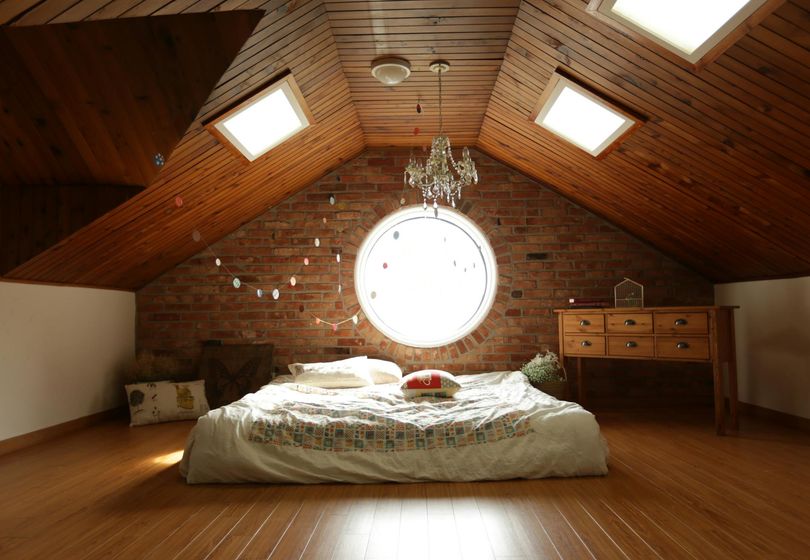
Lighting has a significant impact on our daily lives and plays a crucial role in influencing our mood and emotional well-being. The field of lighting psychology explores how different lighting conditions can affect our emotions, behavior, and overall mental health. In particular, home lighting has the power to create a welcoming and comfortable environment that can uplift our spirits or contribute to feelings of stress and fatigue.
One of the key factors in understanding the psychology of home lighting is recognizing the effects of light on our mood. Various studies have shown that exposure to different types of lighting can evoke different emotional responses in individuals. Natural light, for example, has been proven to enhance mood and increase feelings of positivity and well-being. This is because natural light contains higher levels of blue light, which is known to boost alertness and regulate our circadian rhythm.
On the other hand, artificial lighting sources, such as warm lighting and cool lighting, can also influence our mood in different ways. Warm lighting, characterized by its soft and amber hues, creates a cozy and intimate atmosphere that promotes relaxation and comfort. It is often used in living spaces and bedrooms to help individuals unwind and destress after a long day.
Cool lighting, on the other hand, emits a bright and white light that simulates daylight. This type of lighting is known for its energizing effects and is often used in workspaces or areas where individuals need to stay focused and alert. Cool lighting can help combat feelings of drowsiness and improve productivity by mimicking the effects of natural daylight.
Light therapy is a popular method that leverages the mood-altering properties of light to treat conditions such as seasonal affective disorder (SAD) and depression. Light therapy involves exposure to bright artificial light that mimics natural sunlight to regulate mood and improve emotional well-being. This form of treatment has been shown to be effective in alleviating symptoms of mood disorders and resetting the body's internal clock.
Moreover, the design of home lighting can also have a significant impact on our emotional well-being. Strategic placement of lighting fixtures, such as ambient lighting, task lighting, and accent lighting, can enhance the functionality and aesthetics of a space while creating a harmonious and inviting atmosphere. By incorporating a mix of lighting styles and intensities, homeowners can create versatile lighting schemes that cater to different moods and activities.
In conclusion, the psychology of home lighting demonstrates the powerful influence that light can have on our mood and emotional state. By understanding the effects of different lighting conditions and harnessing the benefits of natural light, warm lighting, cool lighting, and light therapy, individuals can create environments that promote relaxation, productivity, and overall well-being. Through thoughtful interior design and lighting choices, we can transform our living spaces into uplifting sanctuaries that nurture both our minds and bodies.
